FilePortrait of Lorenzo di Medici.jpg Wikipedia, the free encyclopedia
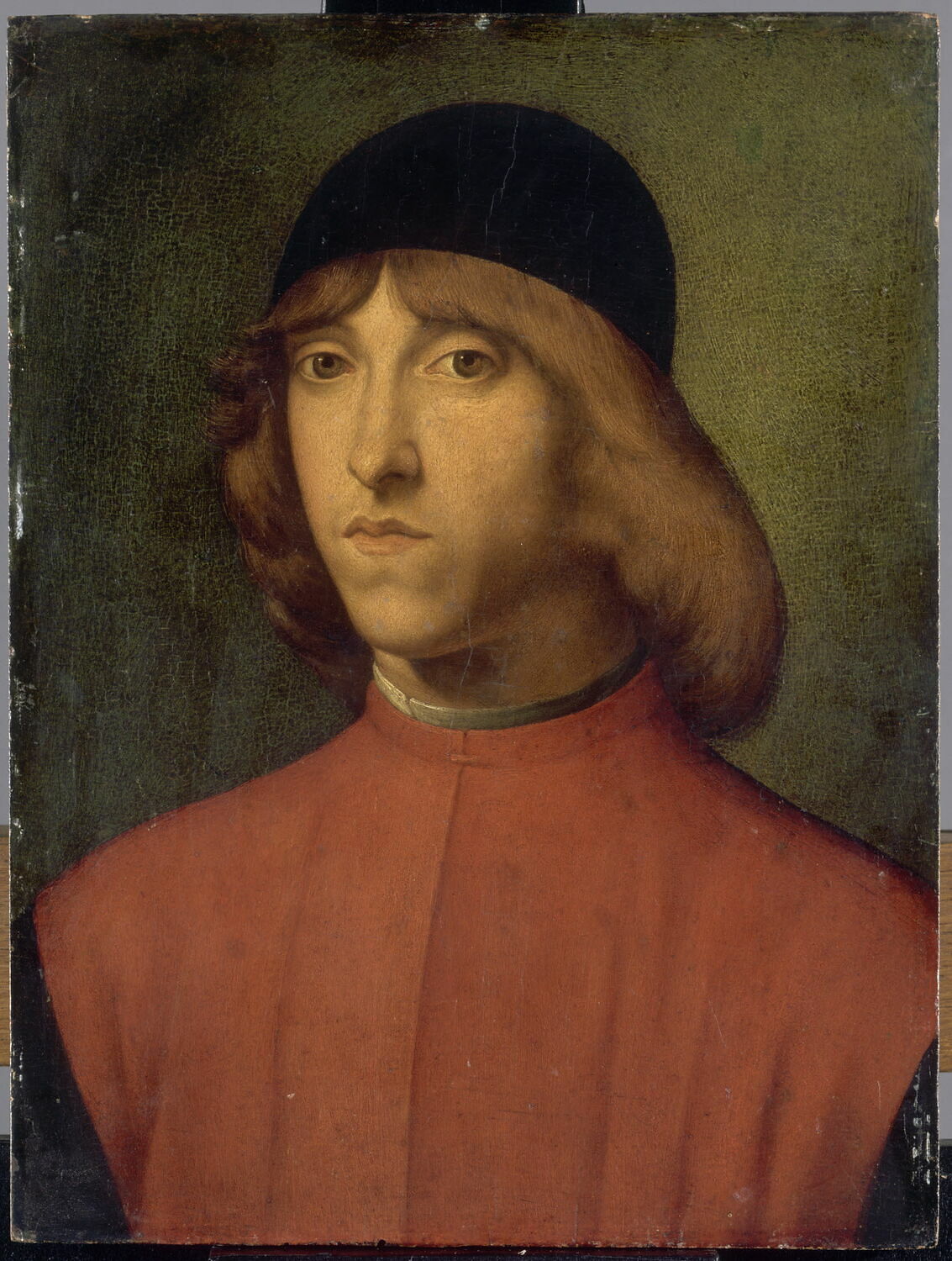
Portrait de Piero di Lorenzo de Medici Louvre Collections
Lorenzo de' Medici (1449-1492) was one of the most influential political figures of the Italian Renaissance. The Renaissance (French for rebirth) was the period in Europe following the Middle.
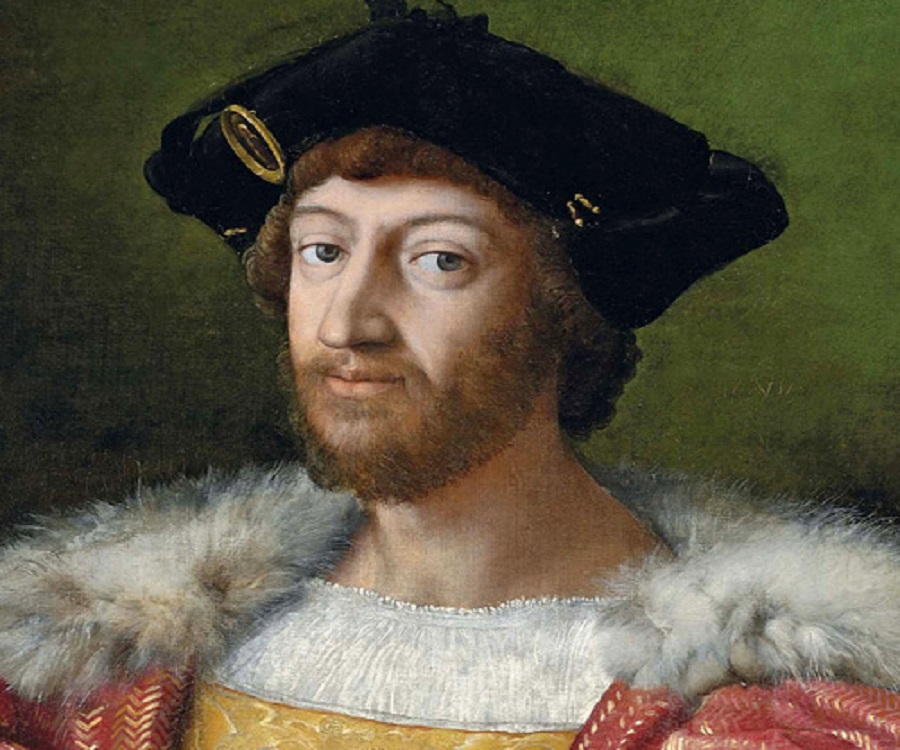
Lorenzo de' Medici Biography Facts, Childhood, Family Life & Achievements of Italian Leader
Lorenzo de'Medici was patron to Leonardo da Vinci for seven years and invited a promising 15-year-old sculptor to live in the family palace as a son. You may have heard of him: Michelangelo.
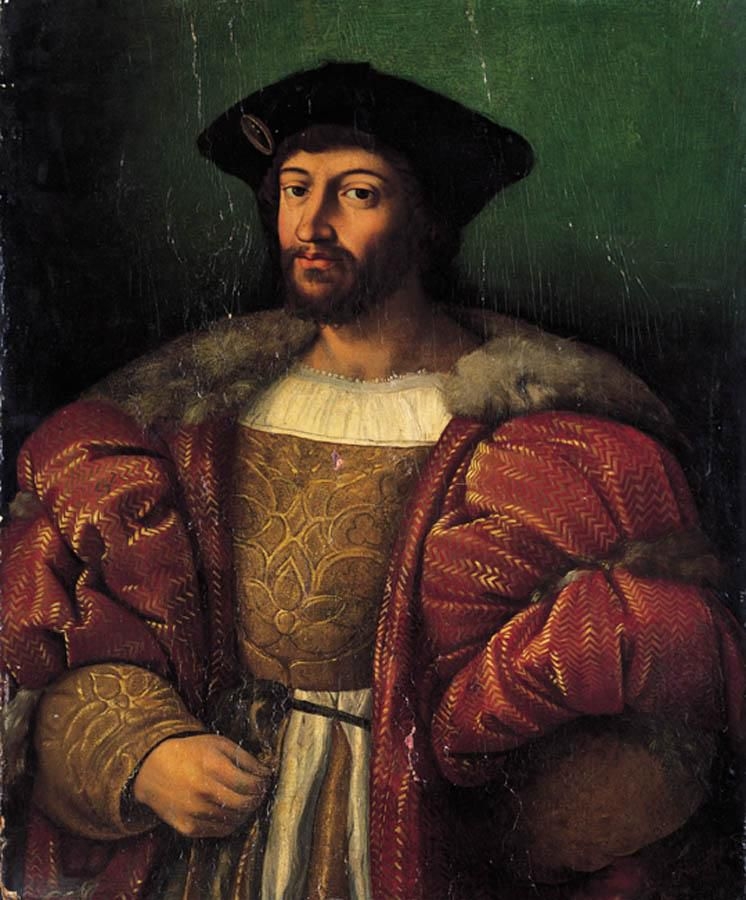
Raffaello Sanzio RITRATTO DI LORENZO DE' MEDICI MutualArt
Lorenzo de' Medici (born January 1, 1449, Florence [Italy]—died April 9, 1492, Careggi, near Florence) Florentine statesman, ruler, and patron of arts and letters, the most brilliant of the Medici.
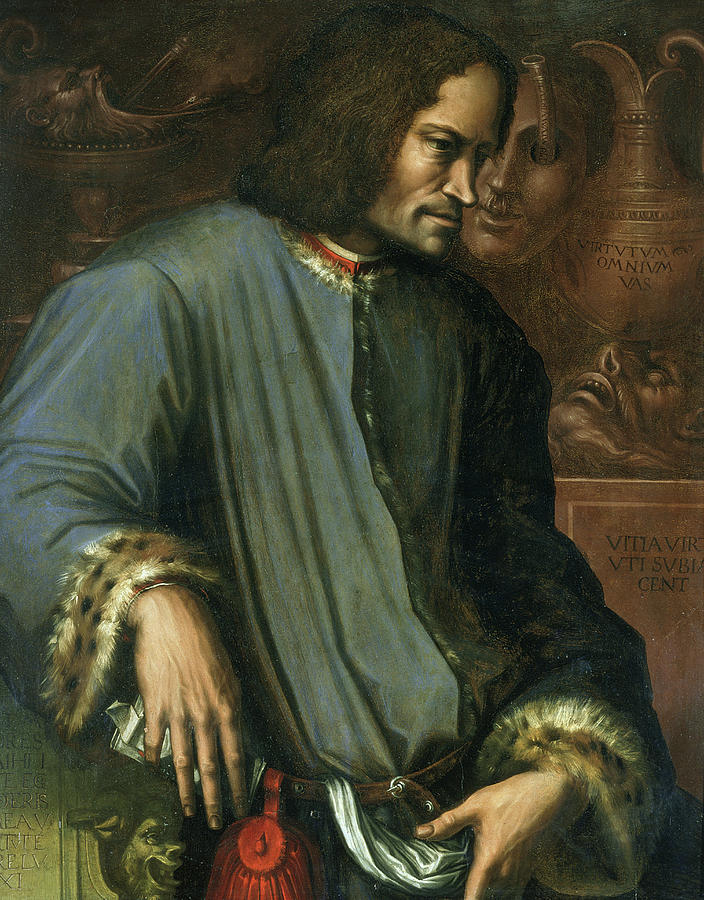
Lorenzo De Medici 144992 The Magnificent Oil On Panel Photograph by Vasari
Known as Lorenzo the Magnificent, the Florentine statesman and arts patron is considered the most brilliant of the Medici. He ruled Florence for some 20 years in the 15th century, during which time he brought stability to the region. In the field of arts, he notably advanced the careers of Michelangelo and Leonardo da Vinci.
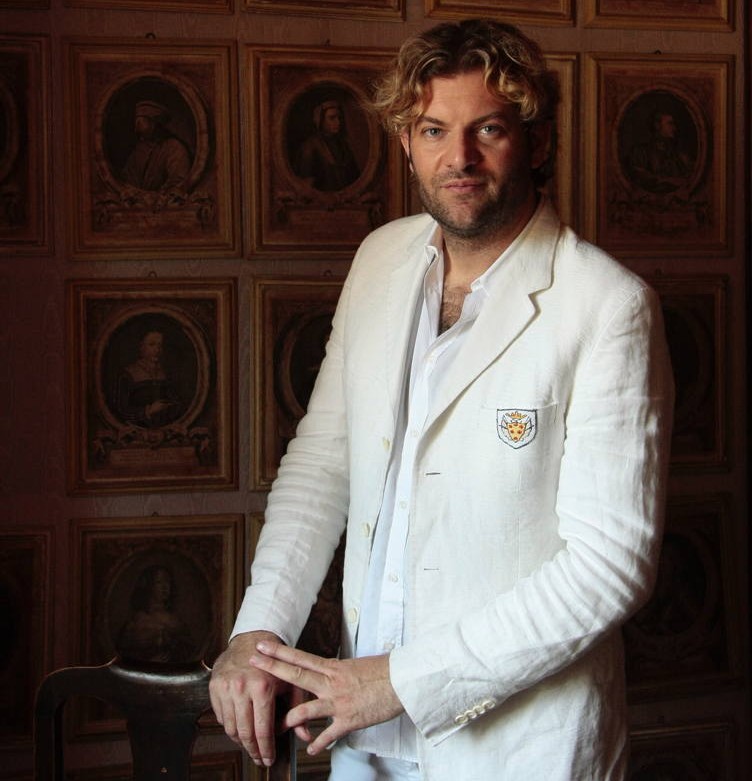
How Prince Lorenzo De' Medici Is Keeping The Medici Dynasty Alive
In Lorenzo de' Medici and the Art of Magnificence historian F. W. Kent offers a new look at Lorenzo's relationship to the arts, aesthetics, collecting, and building—especially in the context of his role as the political boss (maestro della bottega) of republican Florence and a leading player in Renaissance Italian diplomacy. As a result of this approach, which pays careful attention to the.
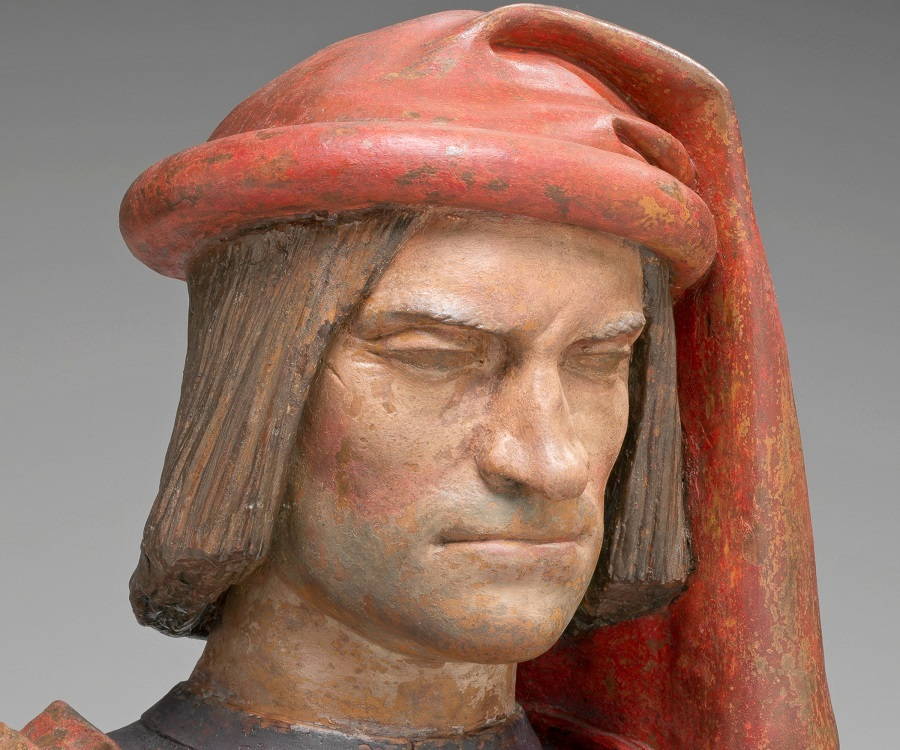
Lorenzo de' Medici Biography Facts, Childhood, Family Life & Achievements of Italian Leader
The statue of Lorenzo de Medici is the central figure on the tomb erected to the memory of this prince. He was the rather unworthy namesake of his illustrious grandfather, who was known as Lorenzo the Magnificent. The Medici family was for many generations the richest and most powerful in Florence. They were originally merchants, and, as the.

FilePortrait of Lorenzo di Medici.jpg Wikipedia, the free encyclopedia
Lorenzo de' Medici is known as Lorenzo the Magnificent for a reason. Born into the powerful banking family that controlled Florence, he was both a formidable political force and one of the Renaissance's greatest figures. Historian Catherine Fletcher explores the life of the 'delightful tyrant', and how he became a 'prince' to be reckoned with

Lorenzo de' Medici (14491492) Bust by Andrea del Verrocchio Statues, Filippo Brunelleschi
The main challengers to the Albizzi family were the Medici, first under Giovanni di Bicci de' Medici, later under his son Cosimo di Giovanni de' Medici and great-grandson, Lorenzo de' Medici. The Medici controlled the Medici Bank—then Europe's largest bank—and an array of other enterprises in Florence and elsewhere.

Dark Facts About Lorenzo de Medici
Lorenzo de' Medici, known as Lorenzo the Magnificent, (born Jan. 1, 1449, Florence—died April 9, 1492, Careggi, near Florence), Florentine statesman and patron of arts and letters. The grandson of Cosimo de'Medici, he was the most brilliant of the Medici family. He ruled Florence with his younger brother, Giuliano, from 1469.
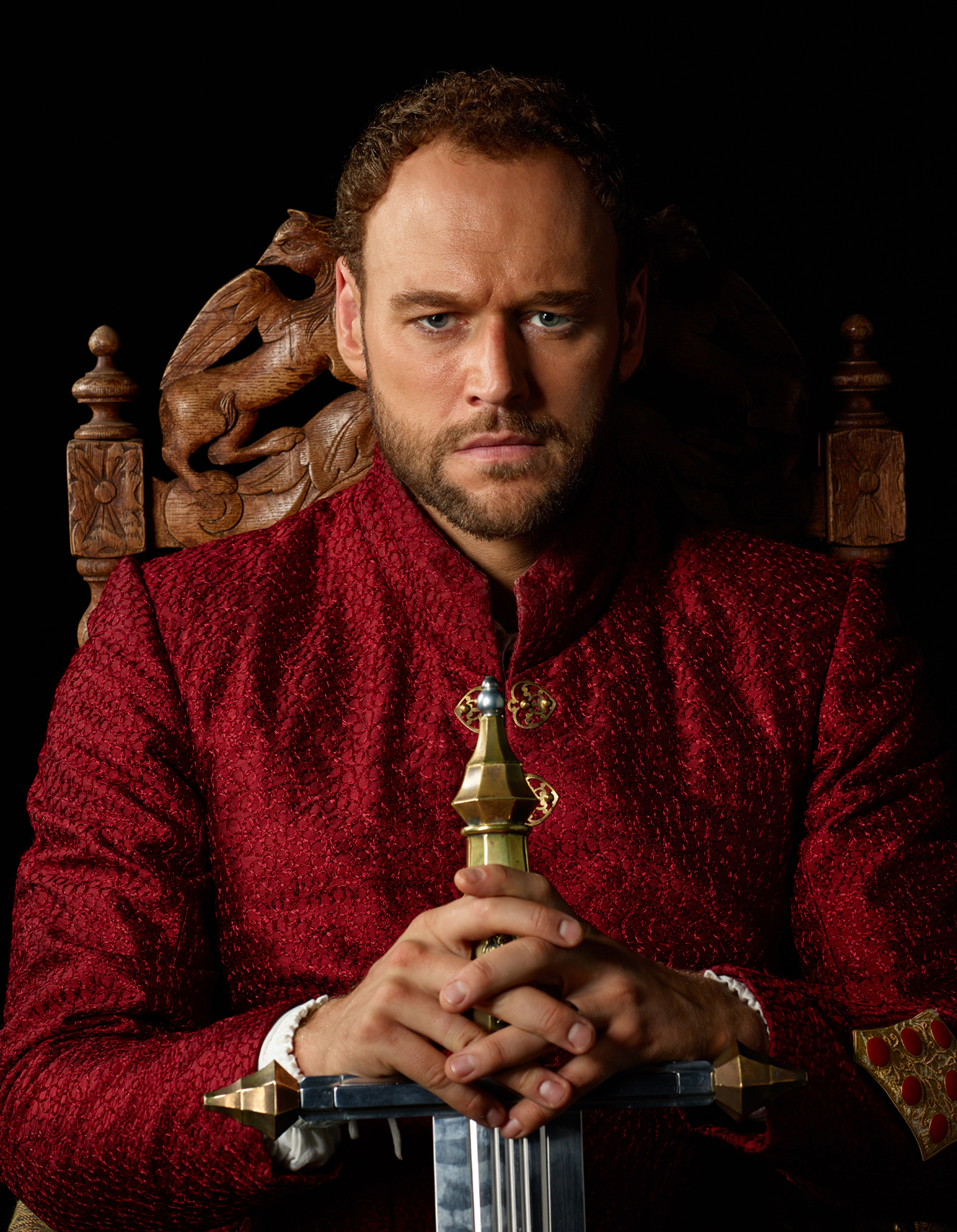
Lorenzo de' Medici Da Vinci's Demons Wiki
Who was Lorenzo de' Medici, the man they called the 'Magnificent'? Here we give you some fascinating facts about the man behind the myth: his accomplishments, his passions and his untimely death. We can assure you there's no shortage of drama, brilliance, conspiracies, and lust.
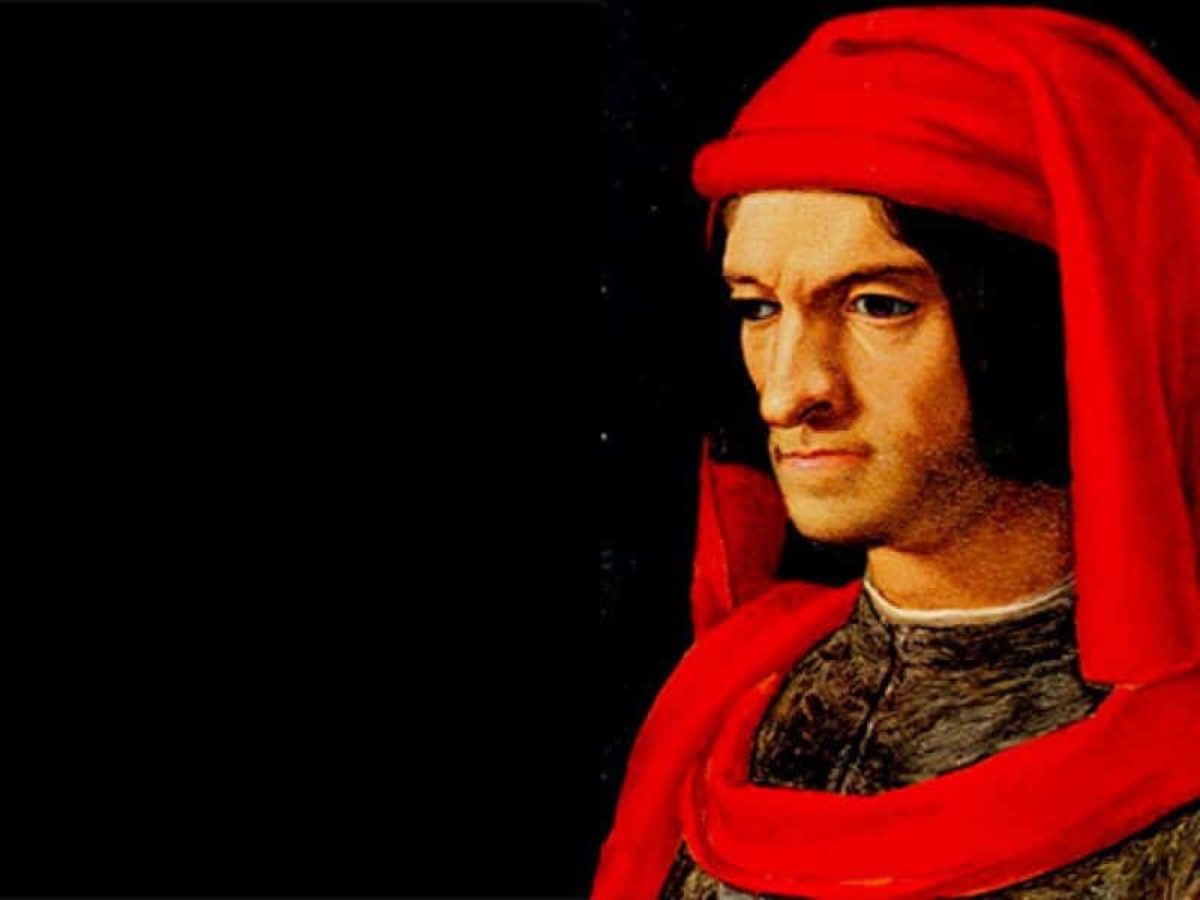
Chi era Lorenzo de' Medici, detto il Magnifico Storia Vita Poesie
Lorenzo de Medici (1449-1492), also known as Lorenzo the Magnificent, was a poet himself, and supported the work of such Renaissance masters as Sandro Botticelli, Leonardo da Vinci and.

Andrea del Verrocchio. Lorenzo de' Medici's bust, 1480. Lorenzo de' medici, Italian
Introduction. Following his grandfather Cosimo (b. 1389-d. 1464) and father Piero (b. 1416-d. 1469), Lorenzo (b. 1449-d. 1492) was the third head of the Medici dynasty to use commercial wealth and international banking connections to lead Florence's dominant political faction, undermine its republican constitution, and exercise.

Translating Lorenzo the Magnificent cdimatteo
Lorenzo de' Medici (January 1, 1449 - April 9, 1492) - called Il Magnifico ( The Magnificent) - is probably the most well-known member of the Medici family; he was the son of Piero de' Medici and Lucrezia Tornabuoni and the grandson of Cosimo the Elder. He was a magnate, diplomat, politician, and patron of scholars, artists, and poets.
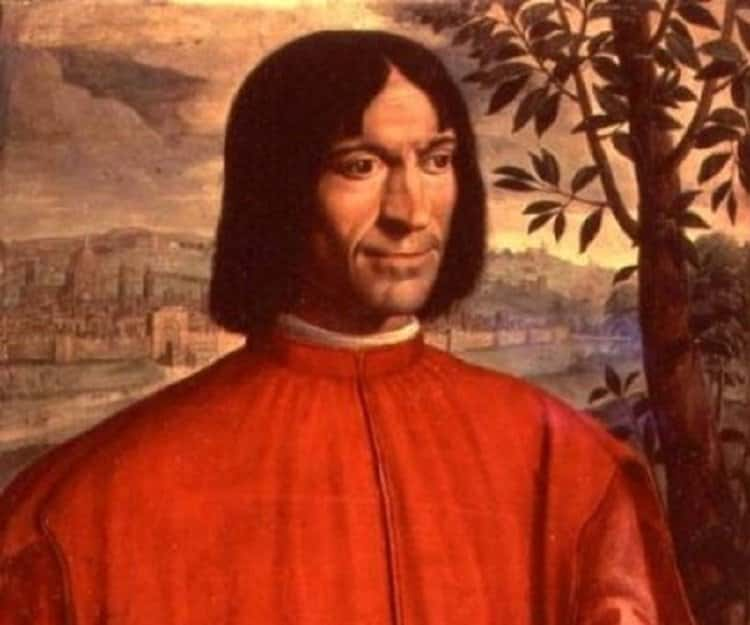
27 Dark Facts About Lorenzo de Medici
Lorenzo di Piero de' Medici ( Italian pronunciation: [loˈrɛntso di ˈpjɛːro de ˈmɛːditʃi]; 12 September 1492 - 4 May 1519) was the ruler of Florence from 1516 until his death in 1519. He was also Duke of Urbino during the same period.
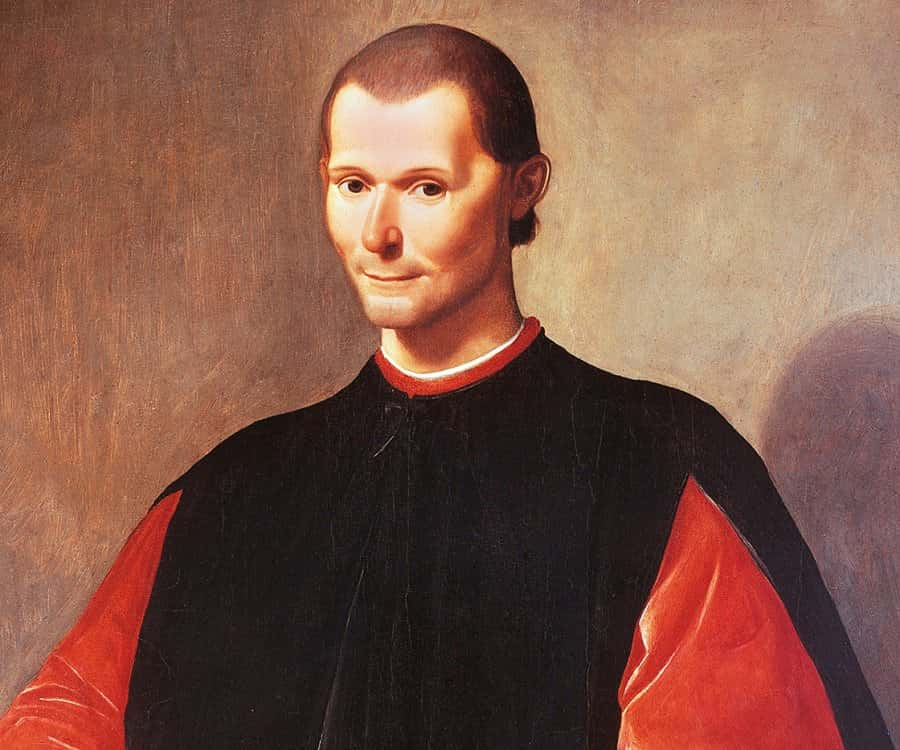
27 Dark Facts About Lorenzo de Medici
Lorenzo de' Medici, also known as Lorenzo the Magnificent, was an Italian politician, statesman, diplomat, banker and de facto ruler of the Republic of Florence.

Pin on Medici. Firenze
Lorenzo di Piero de' Medici ( Italian: [loˈrɛntso de ˈmɛːditʃi] ), known as Lorenzo the Magnificent ( Italian: Lorenzo il Magnifico; 1 January 1449 - 8 April 1492), [2] was an Italian statesman, banker, de facto ruler of the Florentine Republic, and the most powerful and enthusiastic patron of Renaissance culture in Italy.